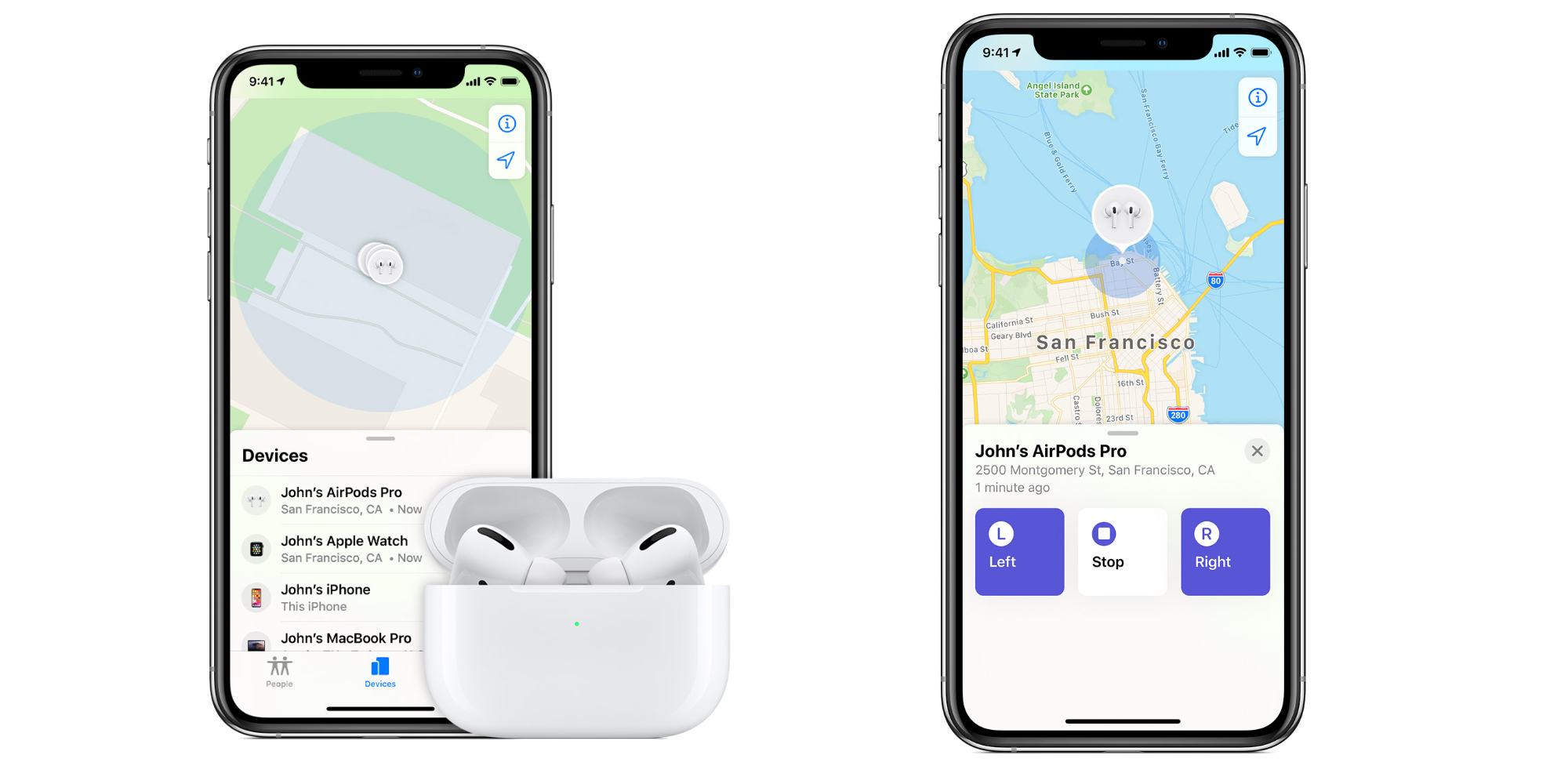An iPhone user’s harrowing experience of ‘losing everything’ serves as a stark warning against the dangers lurking within some apps on the App Store. Despite Apple’s rigorous app review process, certain malicious applications have managed to slip through, putting users’ data, privacy, and device functionality at risk.
Key Highlights:
- 17 malware-infested iPhone apps were discovered and removed from the App Store.
- These apps, developed by a single entity, performed legitimate functions while secretly conducting ad fraud.
- The malicious activities included background tasks like web page openings and clickings without user consent, leading to data usage spikes, device slowdowns, and battery drain.
- The malware utilized a “clicker trojan module” for generating revenue through ad fraud.
- Security firm Wandera identified the apps, noting they bypassed Apple’s review by not containing the malware directly but receiving commands from a remote server.
- The same command and control server was found to control similar Android apps, some of which could perform more harmful actions like stealing personal information.
This incident underscores the importance of vigilance when downloading apps, even from reputable platforms like the App Store. Apple has pledged to refine its review processes to better detect such sophisticated attacks in the future.
The Importance of App Vigilance
Despite the trust placed in Apple’s App Store, users must remain cautious. The discovery of malware-infested apps capable of conducting ad fraud without direct user interaction reveals a vulnerability within the app review system. These apps, while offering legitimate services, executed unauthorized background tasks that not only infringed on user privacy but also led to practical issues like increased data usage and battery depletion.
The Mechanism Behind the Malware
The sophistication of the malware lay in its ability to perform fraudulent activities indirectly. By not embedding the malicious code within the app itself but instead receiving commands from an external server, these apps evaded initial security screenings. This method of attack not only facilitated ad fraud but also opened the door to further exploitations, as seen in similar Android apps that could harvest personal data from devices.
Understanding the Threat
Malicious apps can infiltrate official app stores by hiding their nefarious intentions or by remotely receiving harmful instructions after passing initial security checks. These apps exploit the trust users place in the security of platforms like the App Store to conduct activities that can compromise user data, privacy, and device functionality.
The Role of Users and Providers in Ensuring App Security
While app providers like Apple strive to enhance their review and security processes, users must also play a critical role in protecting their devices. This includes updating apps and operating systems regularly, reviewing app permissions, and being cautious with apps requesting excessive access to device features or data.
Moving Forward: Strengthening App Store Security
Apple’s response to the discovery includes efforts to enhance the app review process, aiming to identify and block apps utilizing such deceptive tactics. However, this incident serves as a reminder of the constant need for vigilance, both from service providers like Apple

















